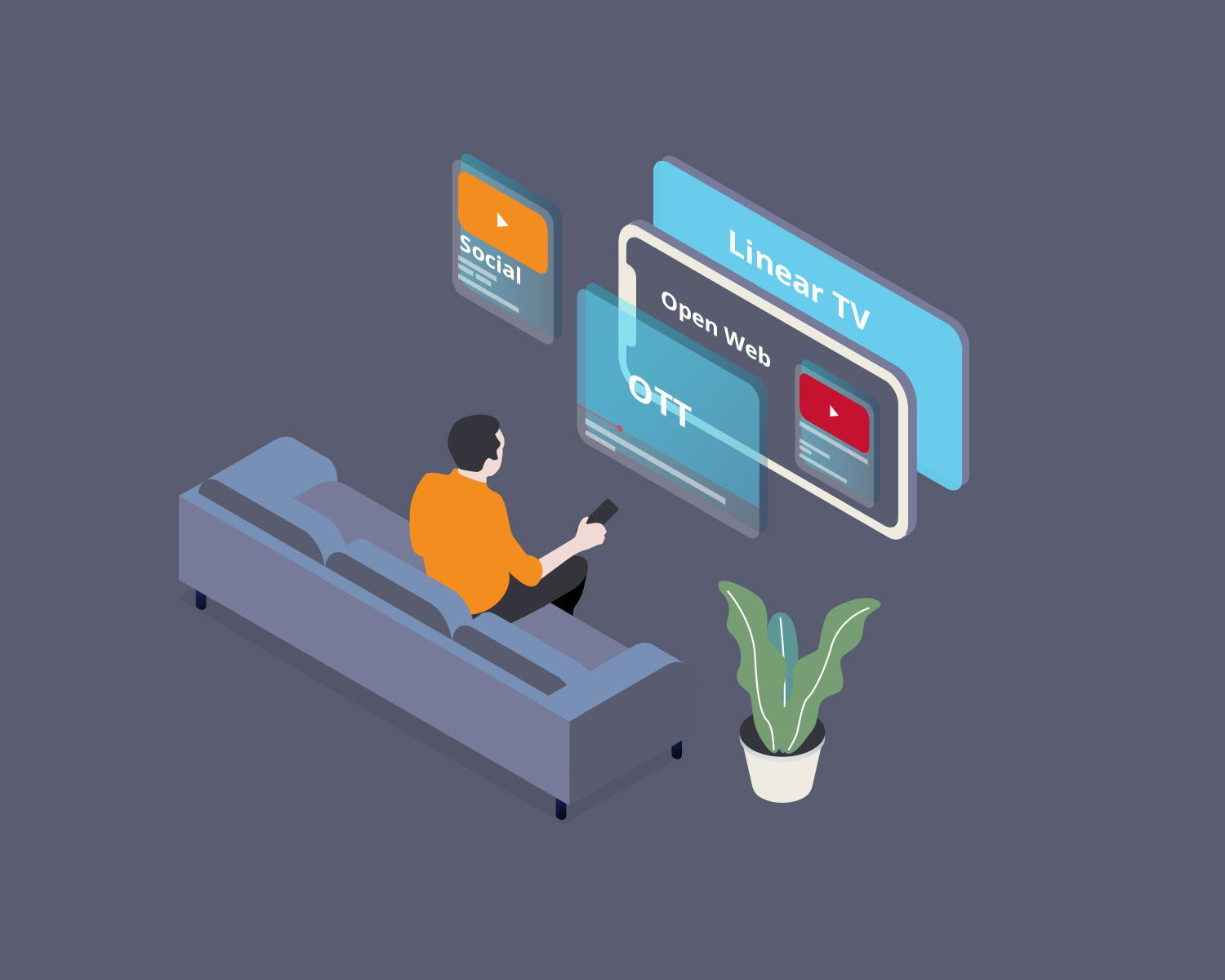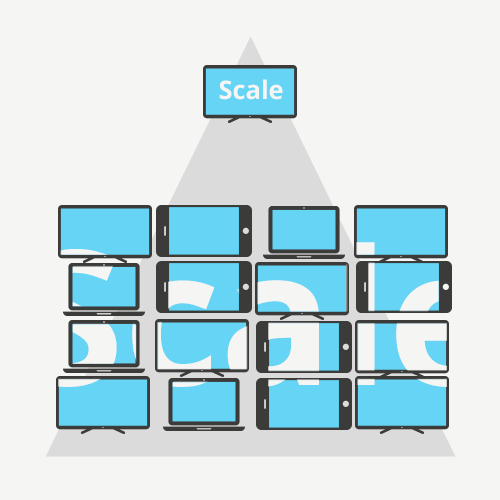
Rethinking Video in the Media Mix
Connected Television (CTV) has garnered a lot of attention as more Americans look beyond the legacy linear form of programming. Rather than focus on only one aspect of changing viewing habits, I’d like to take a step back, and look at the role of video as part of a media mix.
Video commercials can be viewed on a connected television set, but there are also areas where video can run: in ad-supported apps, the open web, in social media, as well as through streaming video services. Thus, the opportunities for consumers to see video ads is as open as the places and devices where video content is accessed:
Linear TV:
Remains one of the most effective ways to reach broad audiences. Where budgets permit, use for generating awareness quickly.
Over-the Top TV (OTT):
Video content that is served digitally. This includes CTV. Hallmarks for OTT are:
- Reach select or niche audiences rather than broad/mass audiences
- Does not rely on traditional programming schedules but rather when the audience wants to view
Open Web Video:
This was probably better known as “pre-roll” back when the distinction between display banners and video ad units was a lot clearer, before the rise of both smartphones and social media. Open web video as defined here doesn’t run adjacent or within television programming per se; rather it is inserted with shorter-form video.
Social Media, especially YouTube:
Ads on YouTube have become a way to “do TV” without the expense of either linear (higher overall expenditure) or OTT (higher CPMs).
As one can see from the simplified list above, the video ecosystem is quite varied. While uniformity across the space is a desirable goal, the reality is that the video ecosystem remains highly fragmented and siloed.
To better navigate the space, here are a few questions marketers should ask as they contemplate an overall video strategy:

Scale: How many individuals can be reached? Geographically, is it national or local? The more granular one defines an audience or geography, the more risk of insufficient impressions to adequately service a video campaign

Ability to extend engagement beyond the view: What other actions are possible for a viewer? Can they click to a site? Is there “shop now” functionality?

What is being measured: The video completion rate is just the starting point. Do you want to see what genres resonate with the audience? Time of day? Viewers who took an additional action? This approach allows for video to become more accountable

Frequency: What is the appropriate level of exposure? What constitutes too much exposure? These questions will depend on what tactic is used. For OTT, you may want a frequency cap of 3x per day. For YouTube, a frequency cap of 5x per day might provide the needed exposures for ad recall.
From this perspective, video becomes a singular, powerful medium with multiple deployments. You get to create a holistic video approach that you can use, measure and optimize for your business objectives.

